Table of Contents
The Guatemalan flag, also known as the flag of Guatemala, holds a significant place in the nation’s history and culture. With its vibrant colors and meaningful symbolism, it represents the Guatemalan identity and heritage. In this article, we will delve into the intriguing aspects of the Guatemala flag, its design, historical background, and the symbolism behind its elements.
The Guatemala flag features a vertical tricolor of blue-white-blue with the national emblem in the center of the white band. The blue color symbolizes the Pacific and Atlantic Oceans, which border the country, while the white stands for peace and purity. The national emblem represents the state and its sovereignty.
Guatemala Flag: Colors and Symbolism
- The flag of Guatemala features a vertical tricolor of blue-white-blue with the national emblem at the center of the white band.
- The blue color symbolizes the Pacific and Atlantic Oceans, showcasing the country’s geographical location.
- The white color represents peace, purity, and the integrity of the Guatemalan people.
- The national emblem at the center represents the state and its sovereignty, holding historical and cultural significance in Guatemalan tradition.
- The flag’s design reflects the nation’s aspirations, cultural heritage, and unity among the Guatemalan people.
Flag of Guatemala
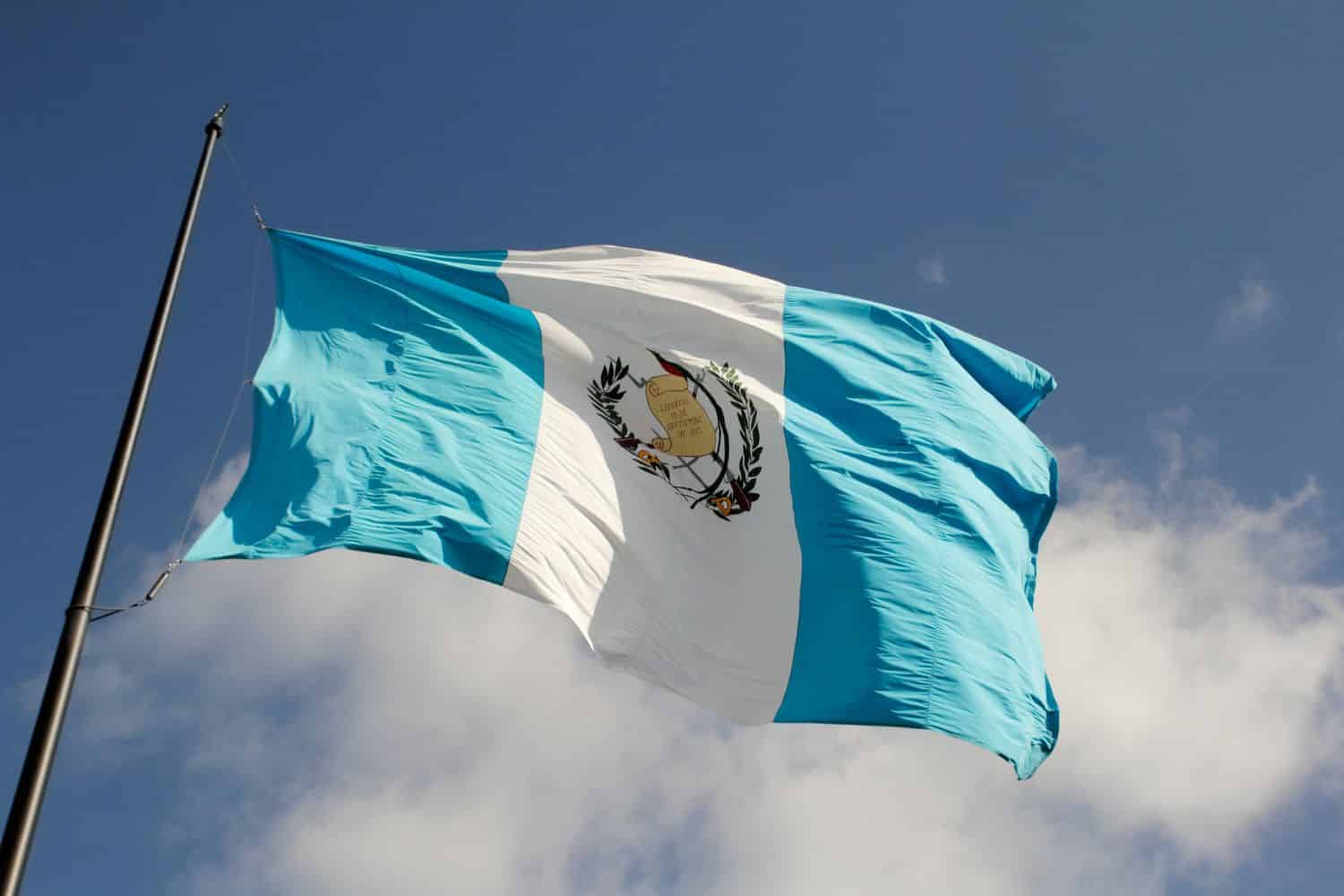
The flag stands as a powerful symbol that encapsulates the cultural significance and spirit of the nation. Its design consists of a vertical tricolor of blue-white-blue with the national emblem at the center. The blue bands symbolize the Pacific and Atlantic Oceans, emphasizing Guatemala’s unique geographical location. The white band represents peace, purity, and the integrity of the Guatemalan people. The national emblem in the center holds historical and cultural significance, representing the state and its sovereignty.
The history of the flag is intertwined with Guatemala’s rich heritage and struggle for independence. Adopted on August 17, 1871, the flag represents the unity and aspirations of the Guatemalan people.
Beyond its aesthetics, the flag from Guatemala carries deep symbolic meanings. The colors reflect the values and aspirations of the Guatemalan people, symbolizing geographical importance, peace, and purity. The national emblem in the center serves as a symbol of the state and its sovereignty, embodying Guatemala’s cultural heritage and serving as a reminder of the nation’s resilience and unity.
National Flag Etiquette and Protocol
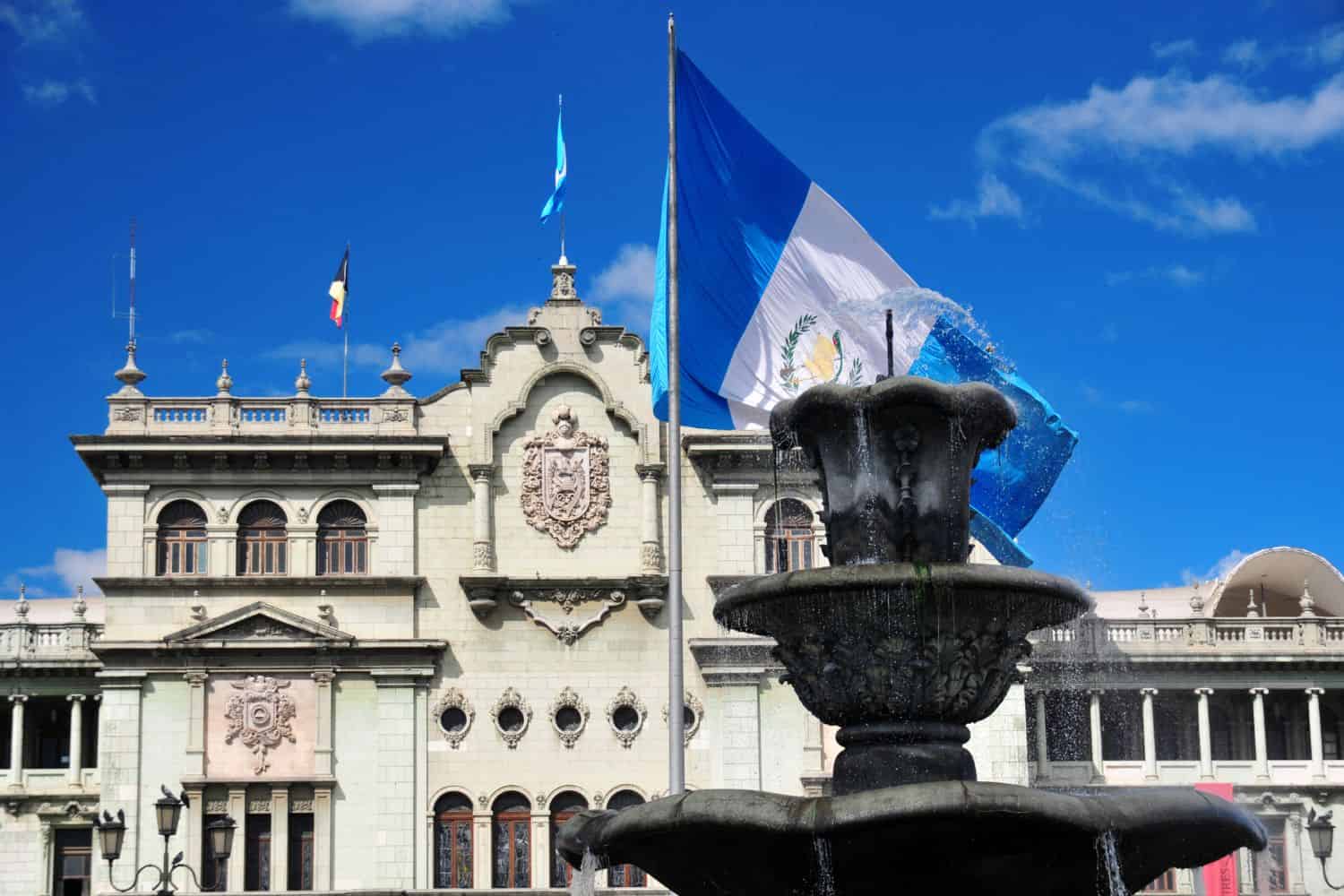
Respecting the proper usage and display of the Guatemalan flag is of utmost importance. Understanding flag etiquette is essential, especially during national events and ceremonies. Learn about the protocols governing the handling, hoisting, and lowering of the flag. Discover the appropriate procedures for retiring or handling damaged flags, ensuring they are accorded the respect they deserve.
- Proper Handling: The Guatemalan flag should be handled with care and respect, ensuring it is not allowed to touch the ground or floor. It should be held upright and not dragged.
- Hoisting and Lowering: When hoisting the flag, it should be raised briskly and lowered ceremoniously. It is customary to hoist the flag at sunrise and lower it at sunset, although this may vary depending on the occasion or specific guidelines.
- Displaying the Flag: The Guatemalan flag should be displayed with blue stripes on the sides and a white stripe in the center, along with the Guatemalan coat of arms centered on the white stripe. It should be flown freely and not entangled or obstructed.
- Half-Staff: Lowering the flag to half-staff is a gesture of mourning or respect. This should be done on specific days of remembrance or when directed by authorities to honor national tragedies or the passing of significant figures.
- Flag Retirement: When a Guatemalan flag becomes damaged, torn, or worn out, it should be retired in a dignified manner. This can involve burning it in a respectful and solemn ceremony, following appropriate guidelines and local regulations.
- Flag Size and Placement: The size of the Guatemalan flag displayed should be proportionate to the size of the flagpole or display area. It is recommended to consult local guidelines or authorities for specific rules regarding flag size and placement.
- Respectful Disposal: If a flag cannot be retired through burning, it should be disposed of in a respectful manner. This can involve burying it or handing it over to authorized organizations that specialize in flag disposal.
Interesting Facts and Trivia
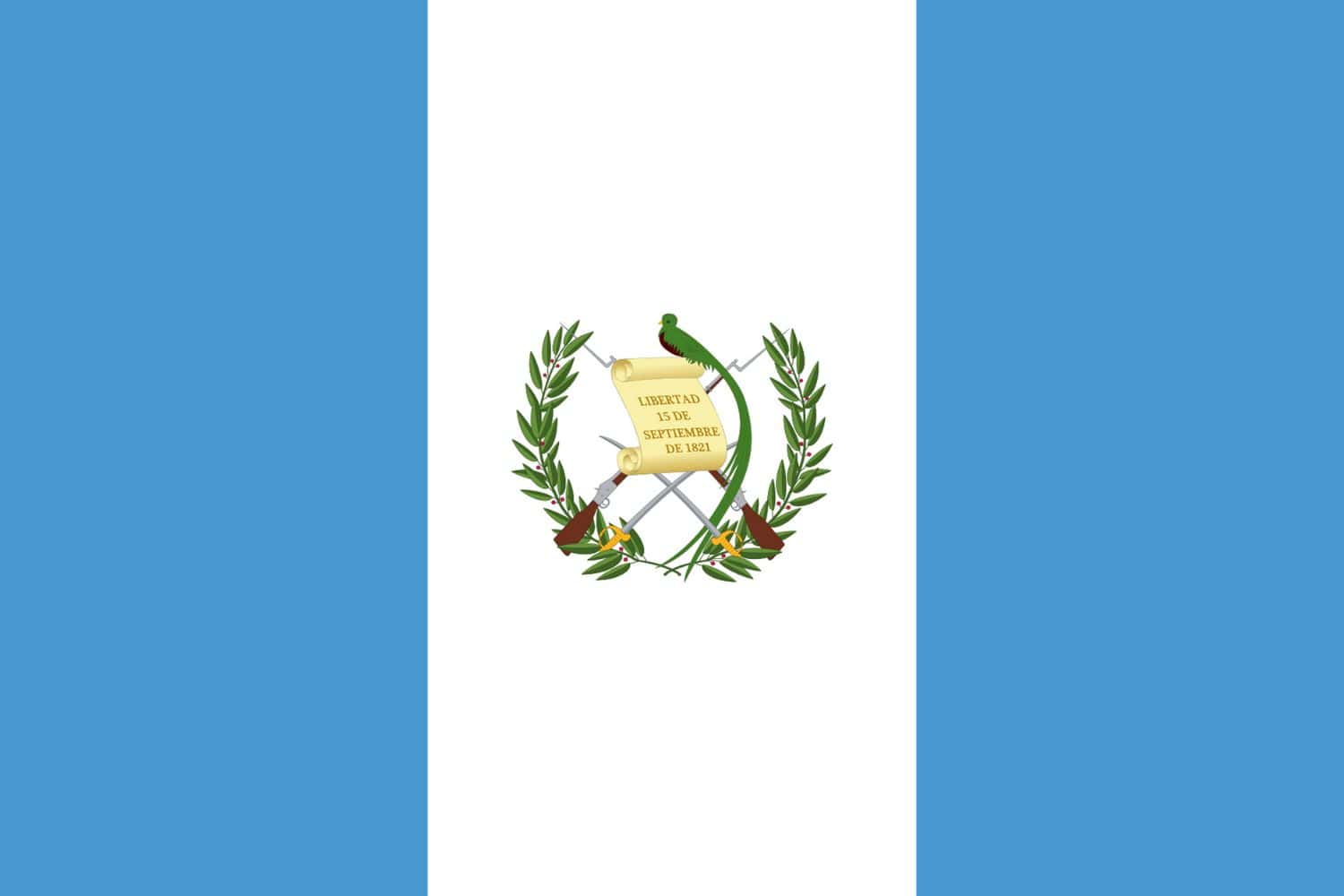
Embark on a journey of fascinating facts and lesser-known trivia about the Guatemalan flag. Discover unique features within the flag’s design that hold hidden symbolism. Uncover stories of famous incidents or events involving the flag that have left an indelible mark on the nation’s history and identity.
Rich Tapestry of History
- 1871: The current flag of Guatemala is adopted on August 17, symbolizing the unity and aspirations of the Guatemalan people.
- Colors and Symbolism: The blue stripes represent the two oceans that border Guatemala, the Pacific Ocean, and the Atlantic Ocean, while the white color symbolizes peace and purity.
- Guatemalan Coat of Arms: At the center of the flag, the coat of arms includes symbols like the Resplendent Quetzal, representing liberty, and a parchment, symbolizing the date of Central America’s independence from Spain.
- National Identity: The flag embodies Guatemala’s rich history, cultural heritage, and the nation’s ongoing pursuit of unity, prosperity, and renewal.
These historical facts highlight significant moments in the history of the Guatemalan flag, showcasing its role in shaping Guatemala’s national identity and symbolizing its struggles and aspirations throughout the years.
Flag-Related Symbols and Emblems
A flag is not alone in representing the nation’s identity. Explore additional national symbols and emblems closely associated with Guatemala, understanding their significance and how they relate to the flag. Delve into their historical and cultural roots, further enriching your understanding of Guatemala’s heritage. It’s easy to travel and make a Guatemala tour to visit the country’s best destinations.
Symbolisms of the Guatemala Flag
The flag of Guatemala holds several symbolic elements that represent the nation’s history, values, and aspirations. Here are the symbolisms of the Guatemala flag presented in itemized form:
- Blue Stripes: Represents the Pacific and Atlantic oceans that border the country, as well as the clear blue sky.
- White Stripe: Symbolizes peace and purity, signifying the serene spirit of the Guatemalan people.
- Quetzal: The national bird of Guatemala, representing liberty and freedom, as the Quetzal never survives in captivity.
- Mayan Glyph: In the center of the flag is the National Emblem, which has the Mayan glyph for liberty, symbolizing the country’s ancient and rich Mayan heritage.
- Flag’s Design: Reflects Guatemala’s aspirations, cultural heritage, and unity among the Guatemalan people.
- National Identity: The flag serves as a powerful symbol that unifies the Guatemalan people, reminding them of their shared heritage and cultural identity.
- National Aspirations: Through its design and elements, the flag embodies the aspirations and values of the Guatemalan nation, including liberty, peace, unity, and tradition.
These symbolisms in the flag contribute to the country’s sense of identity and pride, reflecting its historical journey and cultural significance.
Flags of Similar Countries or Regions:
Examining the flags of neighboring countries or regions can provide intriguing insights. Compare and contrast the flags, exploring similarities in design, colors, or symbolism. Uncover historical and cultural connections between flags, shedding light on shared influences or distinctive identities.
Guatemalan Flag vs Mexican Flag
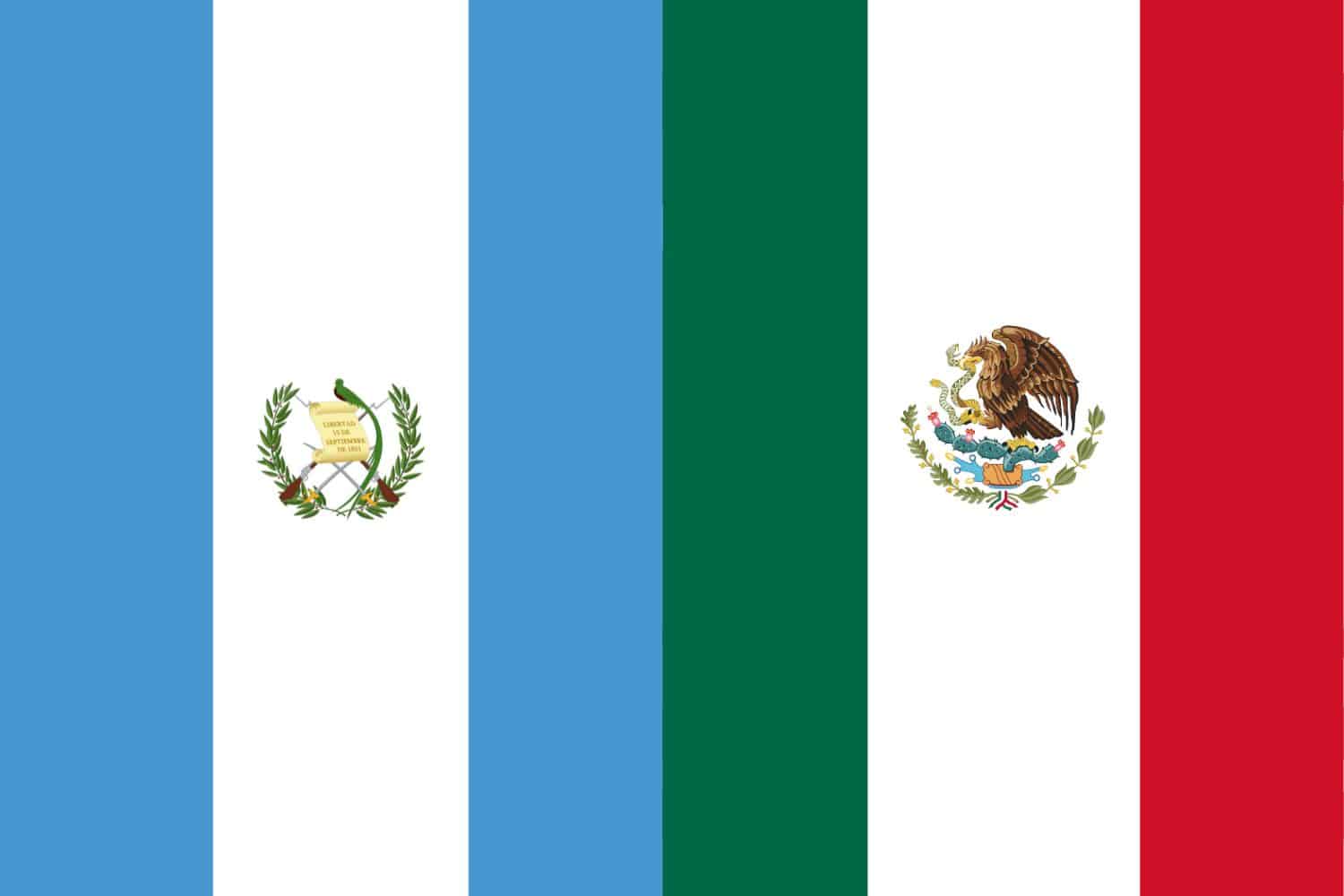
Similarity: Both flags feature three vertical stripes.
Difference: The Mexican flag has an eagle on a cactus with a snake in its beak and talon in the center white stripe.
Guatemalan Flag vs Belizean Flag
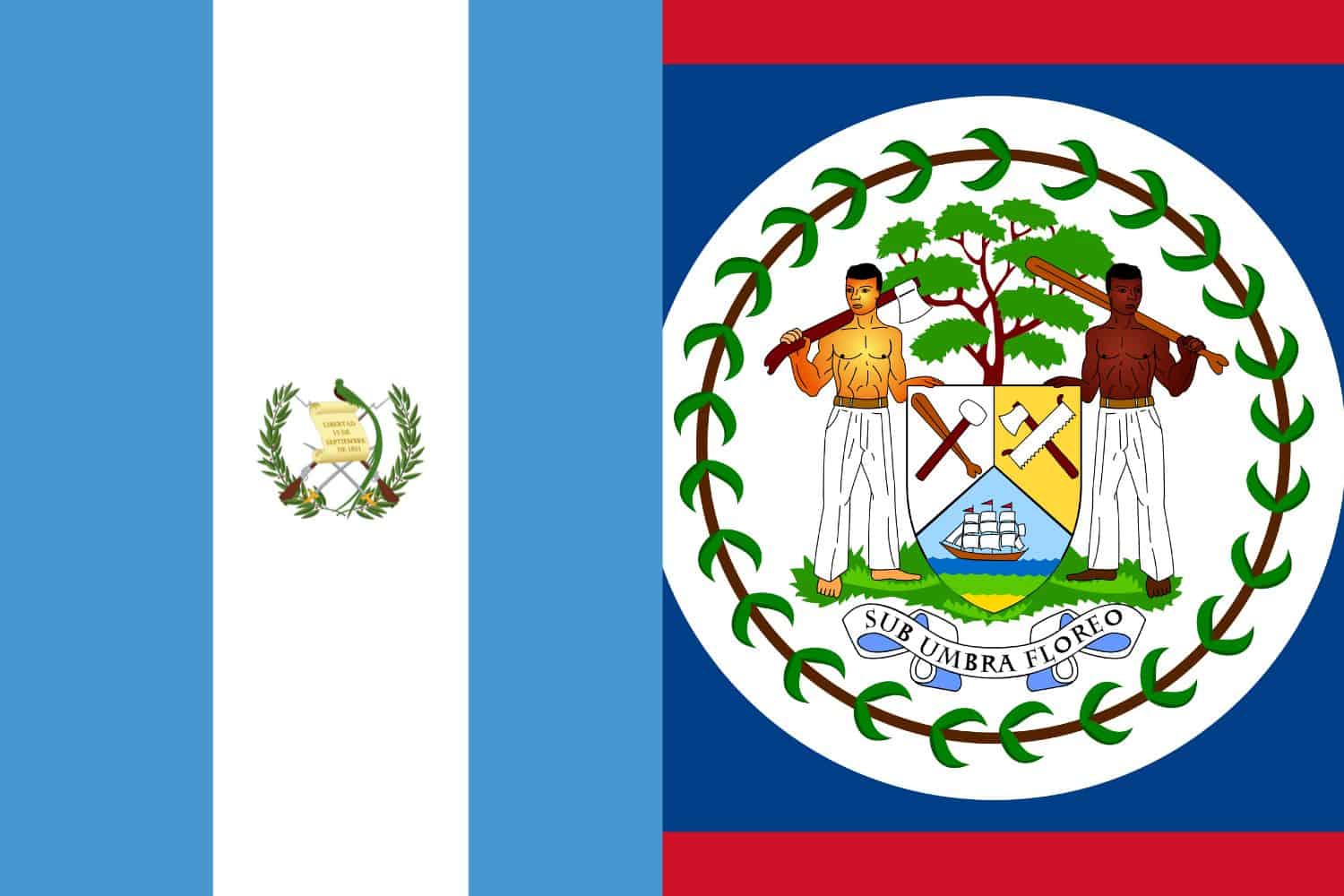
Similarity: Both flags have a blue color representation.
Difference: The Belizean flag has a detailed coat of arms in the center surrounded by fifty mahogany leaves.
Guatemalan Flag vs Honduran Flag

Similarity: Both flags use the colors blue and white.
Difference: The Honduran flag has five horizontal stripes, three blue and two white, with five blue stars arranged in an X pattern in the center white stripe.
Guatemalan Flag vs El Salvadorian Flag
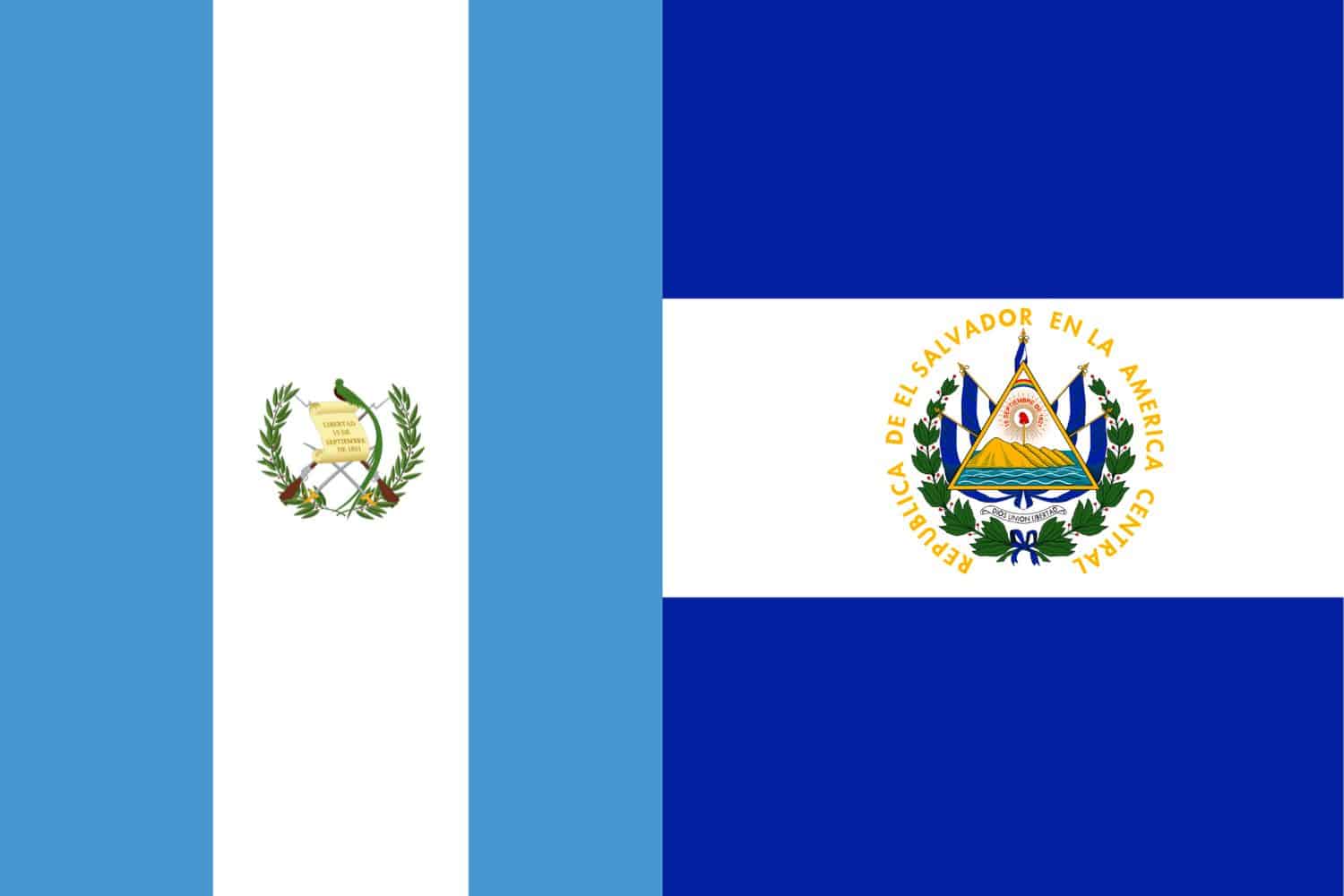
Similarity: Both flags use the colors blue and white.
Difference: The El Salvadorian flag has a blue-white-blue horizontal stripe pattern, with the coat of arms of El Salvador in the center white stripe.
Guatemalan Flag vs Nicaraguan Flag
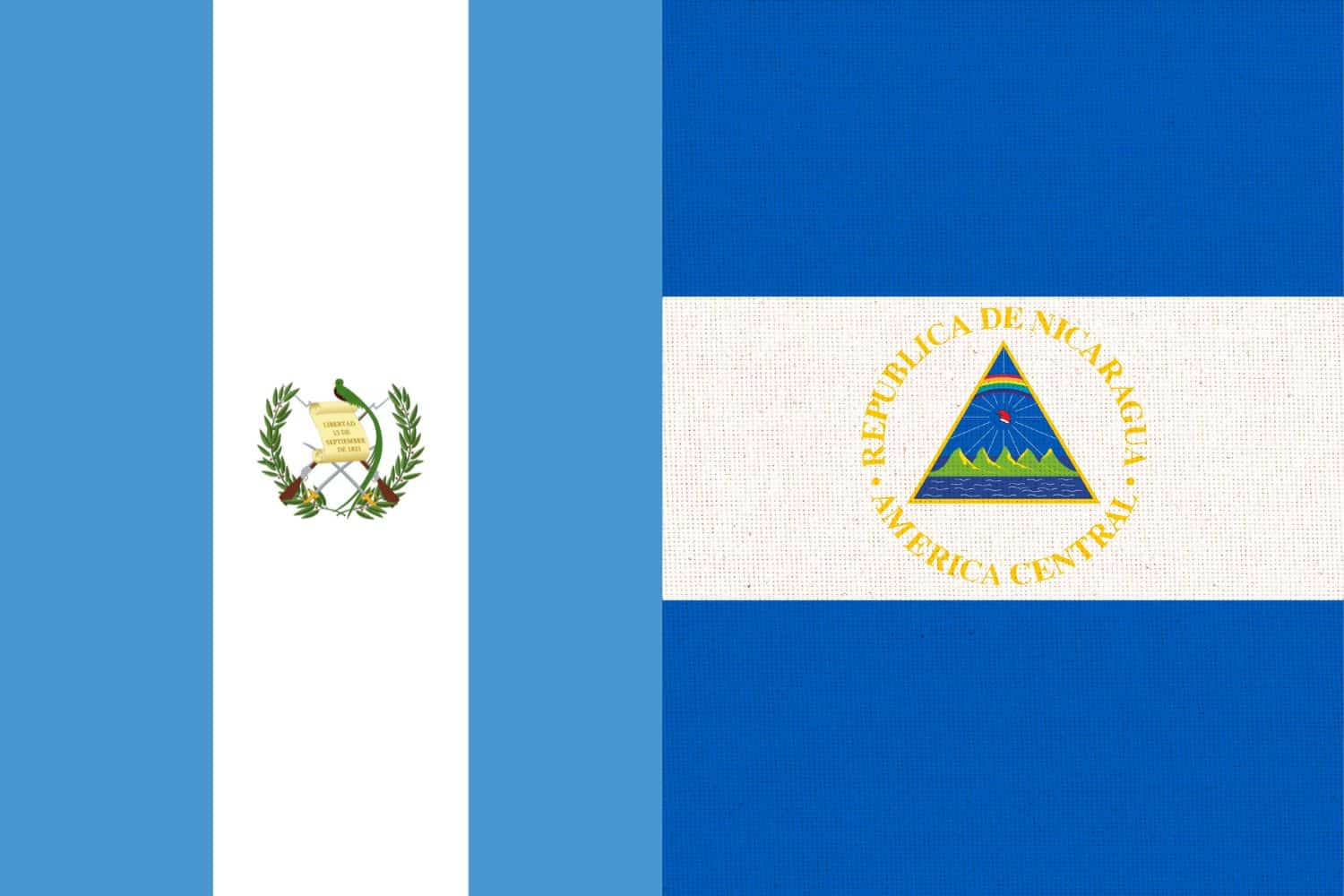
Similarity: Both flags use the colors blue and white.
Difference: The Nicaraguan flag has a blue-white-blue horizontal stripe pattern, with the coat of arms of Nicaragua in the center white stripe.
Guatemalan Flag vs Costa Rican Flag
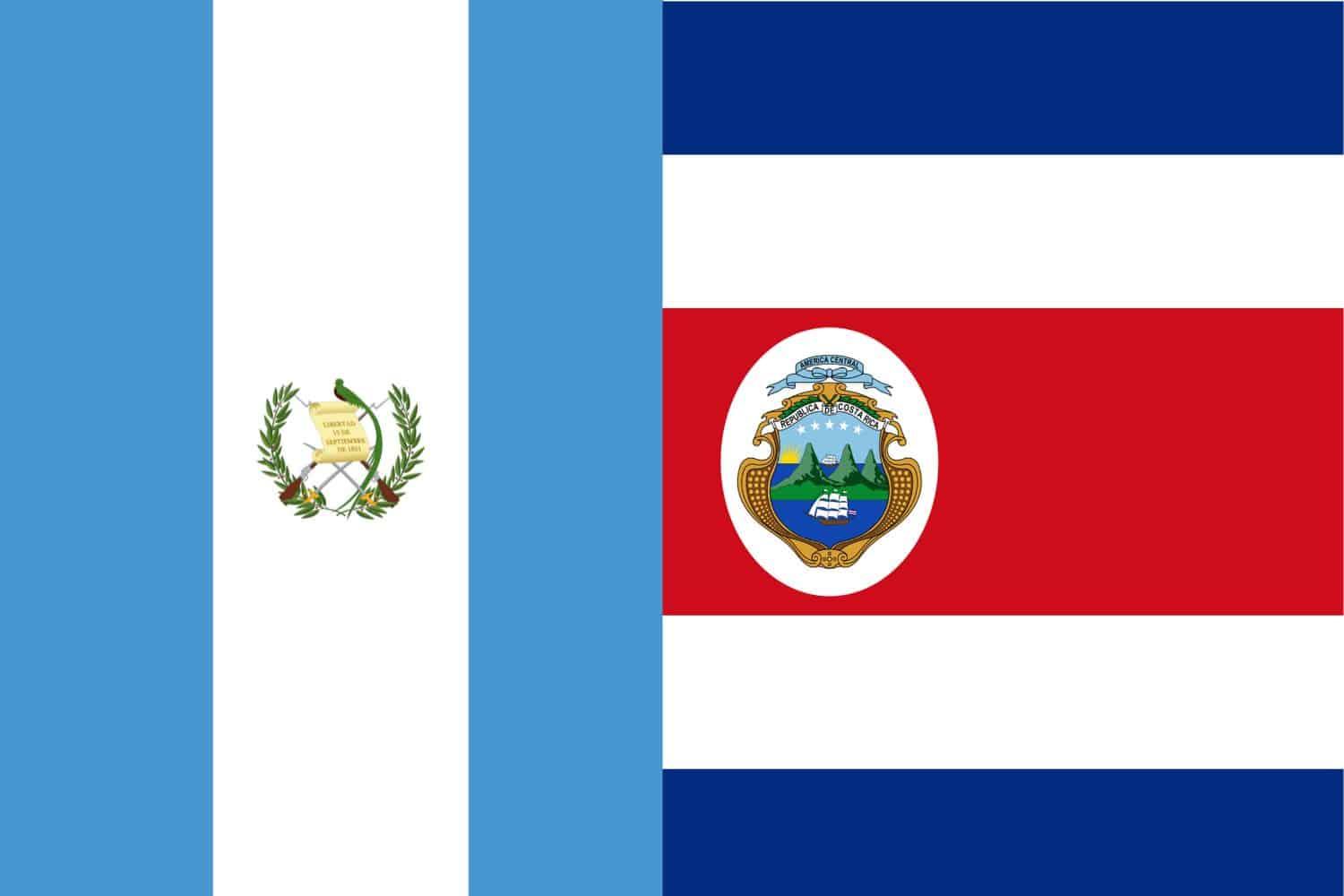
Similarity: Both flags have a blue stripe.
Difference: The Costa Rican flag features a red-white-blue-white-red horizontal stripe pattern with the coat of arms of Costa Rica in the center red stripe.
Frequently Asked Questions (FAQs)
Discover answers to common questions related to the Guatemala flag picture. From its historical origins to the symbolism behind its elements, find concise and informative responses that address inquiries commonly posed by those curious about Guatemala’s flag.
What do the colors of the Guatemalan flag represent?
The blue stripes symbolize the Pacific Ocean and the Caribbean Sea, while the white stripe represents the country between the two bodies of water, signifying peace and purity.
What is the symbol in the middle of the Guatemalan flag?
The symbol in the middle is the Guatemalan coat of arms, which features a resplendent quetzal (the national bird of Guatemala), a scroll bearing the date of Central America’s independence from Spain, crossed rifles indicating Guatemala’s willingness to defend itself, and a bay laurel crown symbolizing victory.
Why is the quetzal bird significant to Guatemala?
The quetzal is not only the national bird but also represents liberty, as this bird is believed to die if caged.
What does the date on the flag’s scroll signify?
The scroll bears the date September 15, 1821, which marks the day Central America declared independence from Spain.
Have there been other flags in Guatemala’s history?
Yes, there have been several variations of the flag throughout Guatemala’s history, particularly during the 19th century. The current flag design was adopted in 1871.
Is there a difference between the national and state flag?
The national flag does not feature the coat of arms in the center when used for civil purposes. The state flag, used by government entities, does include the coat of arms.
What do the crossed rifles and swords in the coat of arms represent?
The crossed rifles signify defense and war, indicating Guatemala’s willingness to defend its sovereignty. The swords represent honor.
How often is the Guatemalan flag flown?
While it is flown daily at government institutions, it is especially prominent during national holidays and historical commemorations, such as Independence Day on September 15.
Who designed the current Guatemalan flag?
The current flag was adopted following the Liberal Revolution in 1871. The exact individual or team behind its design is not definitively known.
How does the Guatemalan flag compare with other flags in Central America?
Many Central American flags, due to their shared history, feature blue and white colors. The Guatemalan flag is distinguished by its unique coat of arms in the center.
More About Guatemala
[the-post-grid id=”50363″ title=”Guatemala Main page”]
